Bending rock sounds like the feat of a superhero. But this incredible achievement really occurred in the earth’s past. There are many places around the world where thick layers of rock are folded, sometimes at angles of 90°! One prominent example is the Carbon Canyon Fold.
The following expressed in this article reflect those of the author mentioned, and not necessarily those of New Creation.
The Carbon Canyon Fold
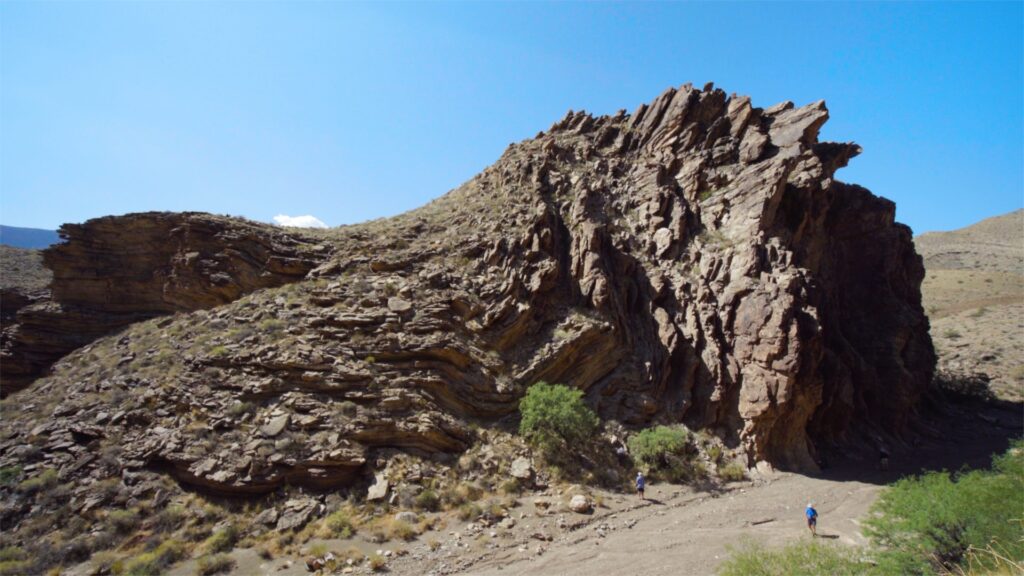
The Carbon Canyon Fold is located in a side-canyon adjacent to Grand Canyon itself. The layers making up the fold are a sequence of sandstone, siltstone/claystone, and limestone. Together, they make up the Tonto Group. In most places, the Tonto Group layers are just as horizontal as when they were deposited. But this is not the case with the Carbon Canyon Fold. How were these layers warped at such an unusual angle?
Conventional wisdom tells us that the oldest layers of the Tonto Group layers are approximately 525 million years old. Geologists think the uplift that folded the Tonto Group layers started between 70 and 50 million years ago. It was not complete until a mere five million years ago.
This model is problematic, however. There is no known mechanism by which the Tonto Group could have remained wet and pliable for 465 million years! The folded nature of this rock unit is incredible evidence of their relative youth. Those who believe these layers were formed over vast eons of time proposed other ideas to explain how the layers were folded long after hardening into rock.
Alternative Explanations
Heat and Pressure
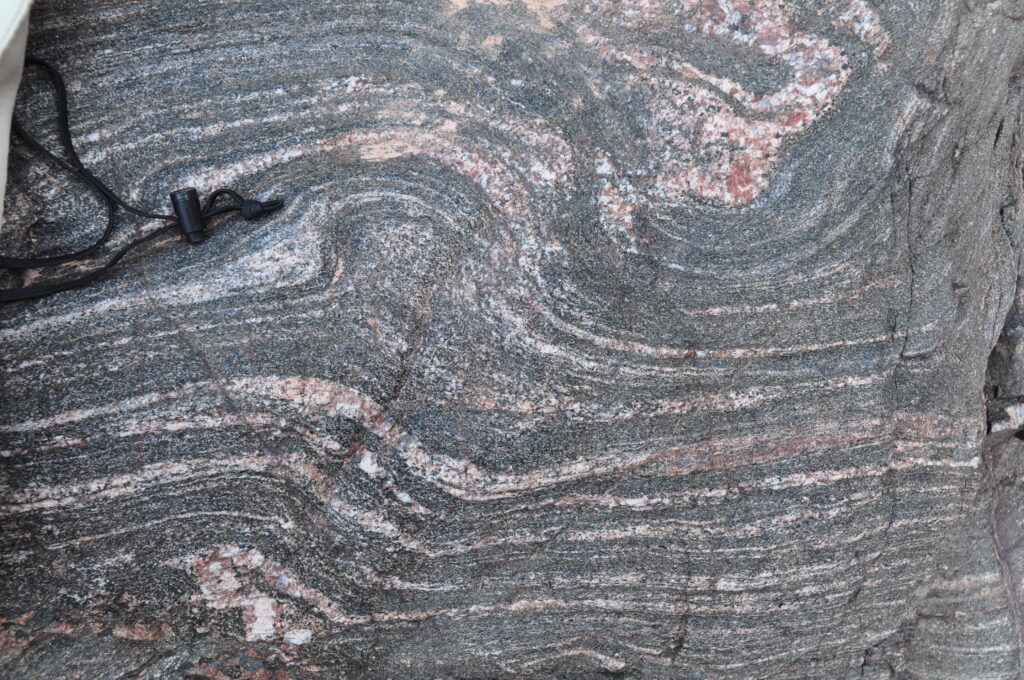
Metamorphism is a process capable of making solid rock pliable again for folding. This can occur when the rock experiences extreme heat and pressure far beneath the earth’s surface. However, this cannot explain the folded layers seen in the Tonto Group. Metamorphism completely alters a rock’s mineral makeup. For example, such heat and pressure turns sandstone into quartzite. Claystone turns into schist. Meanwhile, limestone turns into marble.
If metamorphism were responsible for folding the Carbon Canyon Fold, evidence for this process should be obvious. Research on the Tonto Group has been ongoing for almost 100 years. In that span of time, geologists have presented no evidence that it was ever subject to enough heat and pressure to make the rock pliable. Geologist Dr. Andrew Snelling and his team recently collected dozens of rock samples from the Tonto Group. This includes samples taken from the Carbon Canyon Fold, as well as other folds in Grand Canyon. As expected, the rock samples display no evidence that metamorphism had taken place.1
Microscopic Reorientation
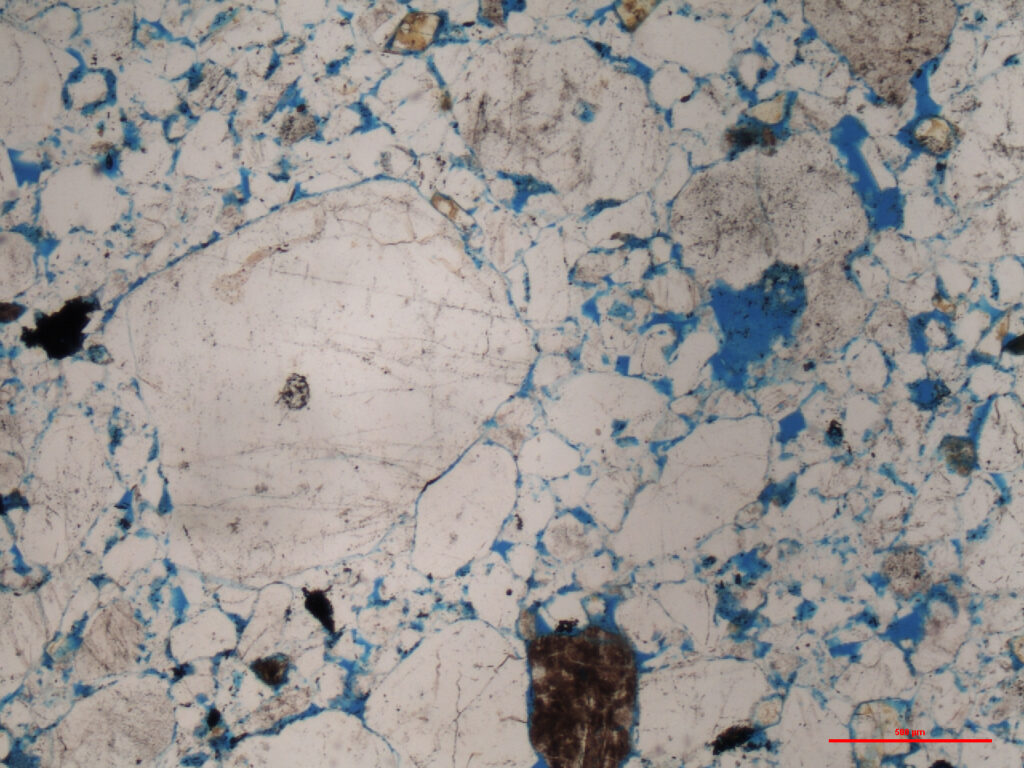
Given enough time and great amounts of stress, solid rock can be bent without metamorphism at the microscopic level by microscopic reorientation of the mineral grains the rock is composed of. As a result, some old-earth Christian geologists, Drs. Carol Hill and Stephan Moshier, have proposed this as an explanation for how the Carbon Canyon Fold became bent.2
But there is a problem with applying this microscopic reorientation mechanism to the Tonto Group. Dr. Snellings points out that neither geologist offers any supporting evidence that these rocks were ever subject to this kind of process. They provide no deformation studies specific to the Carbon Canyon Fold.3 Nor do they provide any research from microscopic analyses of these rocks. The only form of documentation they do provide to support their claim is a single photograph from a 2003 research paper by geologist Dr. Peter Huntoon.4 But this photograph is incorrectly labeled as the south wall of Chuar Canyon, not Carbon Canyon.5
Once again, no evidence has ever been brought forward that these rocks were ever subject to microscopic reorientation. Evidence for this kind of process in the folded Tonto Group layers is simply absent.
The Rocks Really Do Have Fractures
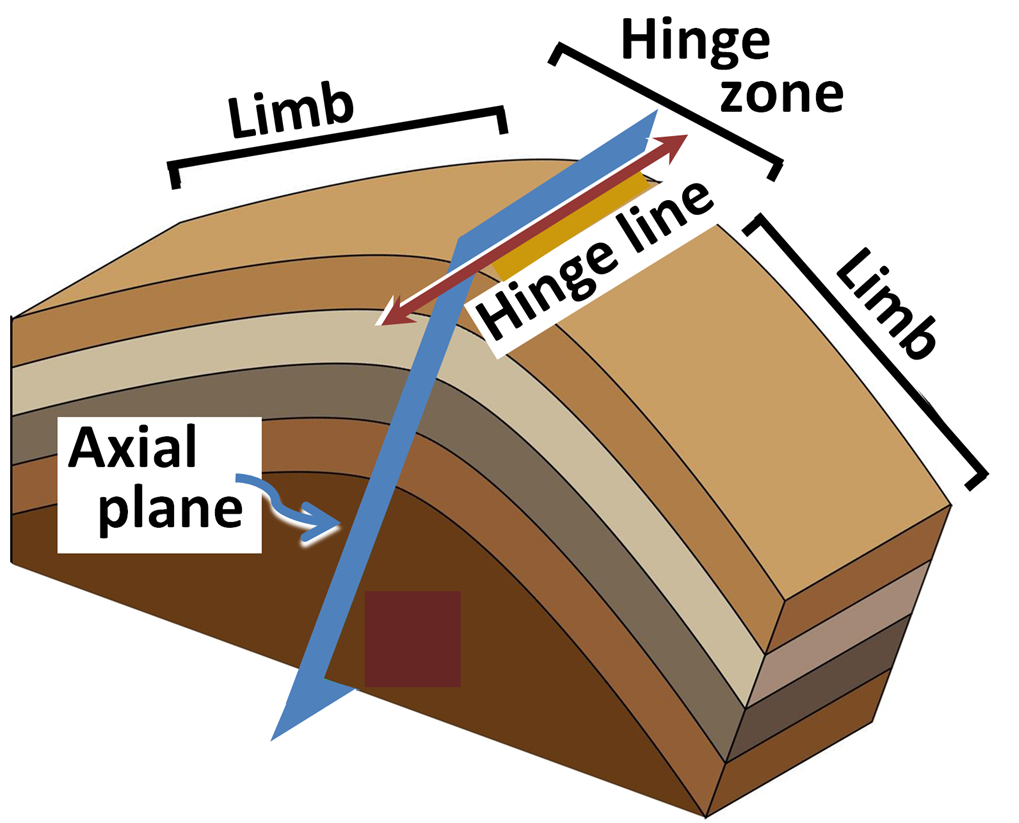
Two old-earth creation scientists, Dr. Ken Wolgemuth and Dr. Bryan Tapp, have pointed to fractures present in the folded layers of the Carbon Canyon Fold. They make two observations that, allegedly, should not exist if the folding occurred while the layers were still soft.
Firstly, they point out that the fractures that are present did not “heal” or reseal. But to understand their second observation, we must learn some geological jargon. Geologists have names for different parts of a folded rock layer. The hinge is the joining point between either side of a fold, which geologists call a limb. In the scenario Drs. Wolgemuth and Tapp propose, the layering of the fold hinges would thicken in comparison to the widths of the layers along the fold limbs. In summary, they argue that these observations should not be the case if the folding occurred when the rocks were soft.6
Dr. Snelling recognizes a problem with their hypothesis. He points out that the Carbon Canyon Fold does not exhibit the thickening they describe, and at no point do they rule out alternative explanations for the fractures. For example, it is known that fractures can occur in pliable sediment (without resealing) during horizontal contraction within a layer of sediment as the water is squeezed out and the sediment turned into rock.7
The Best Explanation?
The best explanation for the warped nature of the Carbon Canyon Fold does appear to be that the process of folding occurred in the not-too-distant past. Most young-earth geologists think the uplift that caused the folding occurred over a period of time lasting just hundreds, and not millions, of years.
Movements of the earth’s crustal plates caused mountain building to occur in the western portion of the American continent. The Tonto Group sediments were still wet and pliable through much of this process. They only turned to rock toward the end of the uplift process, which may explain some of the fractures that Drs. Wolgemuth and Tapp described. As stated above, others fractures may have formed while the layers were still soft by horizontal contraction.
The original argument still stands. If hundreds of millions of years passed between the formation of the Tonto Group layers and their uplift, the Carbon Canyon Fold should be a jumble of shattered rock fragments. The fact that they are not stands as testimony to their relative youth.
Learn More About Bending Rock:
Footnotes
- Snelling, A. A. 2023. “The Carbon Canyon Fold, Eastern Grand Canyon, Arizona.” Answers Research Journal, 16, 1–124. ↩︎
- Hill, Carol A., and Stephen O. Moshier. 2009. “Flood Geology and the Grand Canyon: A Critique.” Perspectives in Science and Christian Faith 61, no.2 (June): 99–115. ↩︎
- Snelling, 2023, 1–124. (Footnote 1) ↩︎
- Huntoon, Peter W. 2003. “Post-Precambrian Tectonism in the Grand Canyon Region.” In Grand Canyon Geology. 2nd ed. Edited by Stanley S. Beus and Michael Morales, 222–259. New York: Oxford University Press. ↩︎
- Snelling, 2023, 1–124. (Footnote 1) ↩︎
- Tapp, Bryan, and Ken Wolgemuth. 2016. “Broken and Bent Rock: Fractures, Faults, and Folds”. In The Grand Canyon, Monument to an Ancient Earth; Can Noah’s Flood Explain the Grand Canyon?. Edited by Carol A. Hill, Gregg Davidson, Tim Helble, and Wayne Ranney, 116–127. Grand Rapids, Michigan: Kregel Publications. ↩︎
- Snelling, 2023, 1–124. (Footnote 1) ↩︎

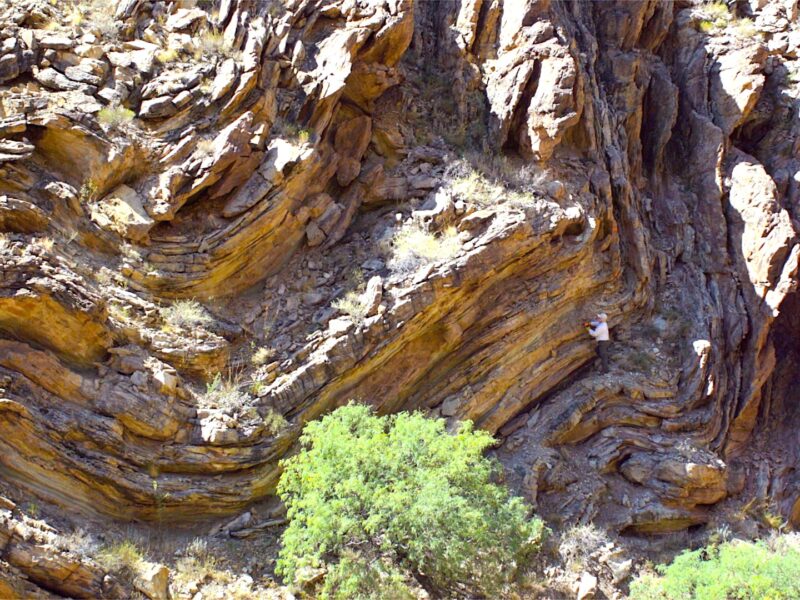





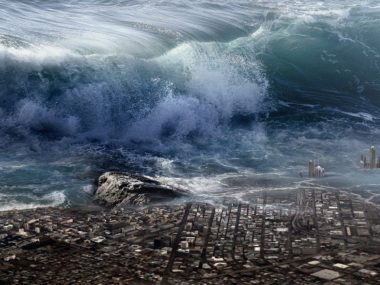




Creation and then the Flood! No other way!
Absence of evidence is not evidence of absence.
Time (patience) and pressure (persistence) can accomplish amazing things.
Do they have all these lectures, Is Genesis History, in a book that can be purchased? Just curious.
Greetings, Esther!
Unfortunately, Is Genesis History? does not book versions of all the lectures featured on their YouTube channel (something to definitely keep in mind for the future, however!). That said, much of what they do cover is available in books available on their website store.
I grew up in Denver. The exposed rock west of Denver where roads were cut through the mountains and the tilt and jumble of geologic uplift have always caused wonder and raised curiosity in me. The reasoning of “millions of years” to describe what I was seeing fooled me for about 35 years. My faith in God the Creator and trust in His Word caused me to rethink the prevailing narrative. I am so thankful that courageous and faithful scientists and commentators like Dr.Snelling and yourself have looked at the evidence with new eyes. The wonder is even greater now, and my heart and mind can agree with scientific (logical and empirical) reasoning which permits other explanations–like young earth, global fooding and resulting soft sediment folding, based on Biblical history as a foundational premise– that God is true. Thank you! I love how God is honored in this view, without even being outside of ordinary physical and chemical explanations (even though it’s a miracle we’re here to witness creation and God’s power and authority over it all). Keep up the good fight, and shining the light!
Greetings, Edith!
I really appreciate your kind, encouraging words. God bless you! 🙂
The flood happened and the Bible is true.
I have wondered why the tops of Hills in the Sediment layers are not Weathered and eroded. This may be a help to explain that.